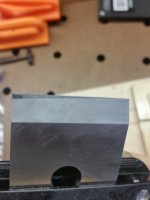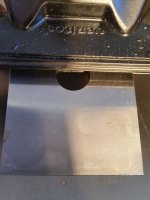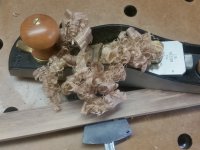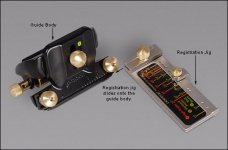ear3
Member
It looks like the Veritas version might be a better deal, though, since it has a 1" capacity rather than the 7/8" of the LN, and they offer right and left handed as a set -- which I now understand is not just a hand preference issue, but can help deal with different grain situations.
http://www.leevalley.com/US/wood/page.aspx?p=54862&cat=1,41182,48945,54862
http://www.leevalley.com/US/wood/page.aspx?p=54862&cat=1,41182,48945,54862





